A-Class: Bimare Statement on Foiling
Below Bimare’s updated position on foiling in the A-Class I’ve been requested to publish. In addition they remind me that some sailors have formed the Italian “Classic” Assoc, aiming to maintain floating racing mode.
Next post, Italian A-Class official position that has been already published at the official IACA website.
Note that this new group has put “I.A.C.C.A” as short name for this new Association, adding a ‘C’ to the ISAF official recognized entity, that can only generate confusion on a detail quite easy to solve and avoid.
————
————
Statement sent by Bimare –
“At Bimare we do not believe in any way that FOILING is the future of the A class.
After two year of painstaking experimentation carried out on the “Flying Stunt, a 14-foot singlehanded catamaran purposely designed and built, (we made this choice in order to avoid to destabilize the A class with a flying A cat project), we have come to the conclusion that, within the current set of rules, the A class will never fly (at least when sailed by the average week-end warrior).
In fact we were able to get a stable foiling only with the adoption of a wand-controlled double T foil system, which is not allowed by A cat rule.
However,despite our beliefs, we have decided to start to offer our A cat in three different versions (same daggerboard case) to satisfy whichever customer’s preference:
1) with straight boards;
2) with constant radius curved boards;
3) with new-latest generation- J/Z boards.
We have been constrained to take this decision exclusively for marketing reasons,
but we hope to leave this road soon when the large majority of class members will realize the error that we, as a class, are doing.
It ‘a rule of the dynamics of each sailing boat that the board is positioned on the perpendicular of the center of effort of the sail:
if you set it more forward or more backwards, you prevent your sailing boat from tacking.
Only people uneducated in dynamics can think that the longitudinal balance of a 18’ catamaran, with a center of effort of the mainsail given by a 9 m mast, then with very high leverage point, may be stable sailing out of the water relieved only by a couple of 16 cm wide foils placed under the sailing center.
In order to avoid any pitching the A class needs to be supported by four foils, best if self adjusting as on the flying Moth.
But another issue needs to be clarified:
the A class is no more at the forefront of development and experimentation.
Yes, maybe until 10 years ago we all could believe it rightly.
But now if you take a look on the web, you’ll see flying dozens of prototypes that, having no measurement rules, can incorporate all kind of foiling solutions.
With regard to its foiling capabilities the current A cats are making them laugh.
We have no chance of getting near to the performance even of the first generation foiling prototypes.
On the other hand we are achieving a different, unpleasant result:
To disaffect from our sport the majority of our class members.
Recently the (small group of the) supporters of foiling sailboats met on Lake Garda.
They faced a long journey only to have fun together and to have the opportunity to exchange technologies and opinions.
Their aim was not to win a sailing race, but to proudly show their creations to the sailing community and to the press.
On the contrary for Acatters sailing is still a sport and anyone entering a major regatta aims to bring home some silver:
It would be desirable if who wins does not take advantage of the holes in the class rules.
Let’s all go back and compete on equal terms if we want have fun in the future.”
Lallo Petrucci
Bimare-catamarans
via urbinati 13
47813 Bellaria (RN) Italy
phone: 0039-0541-333683
fax: 0039-0541-333684
[email protected]
www.bimare.org



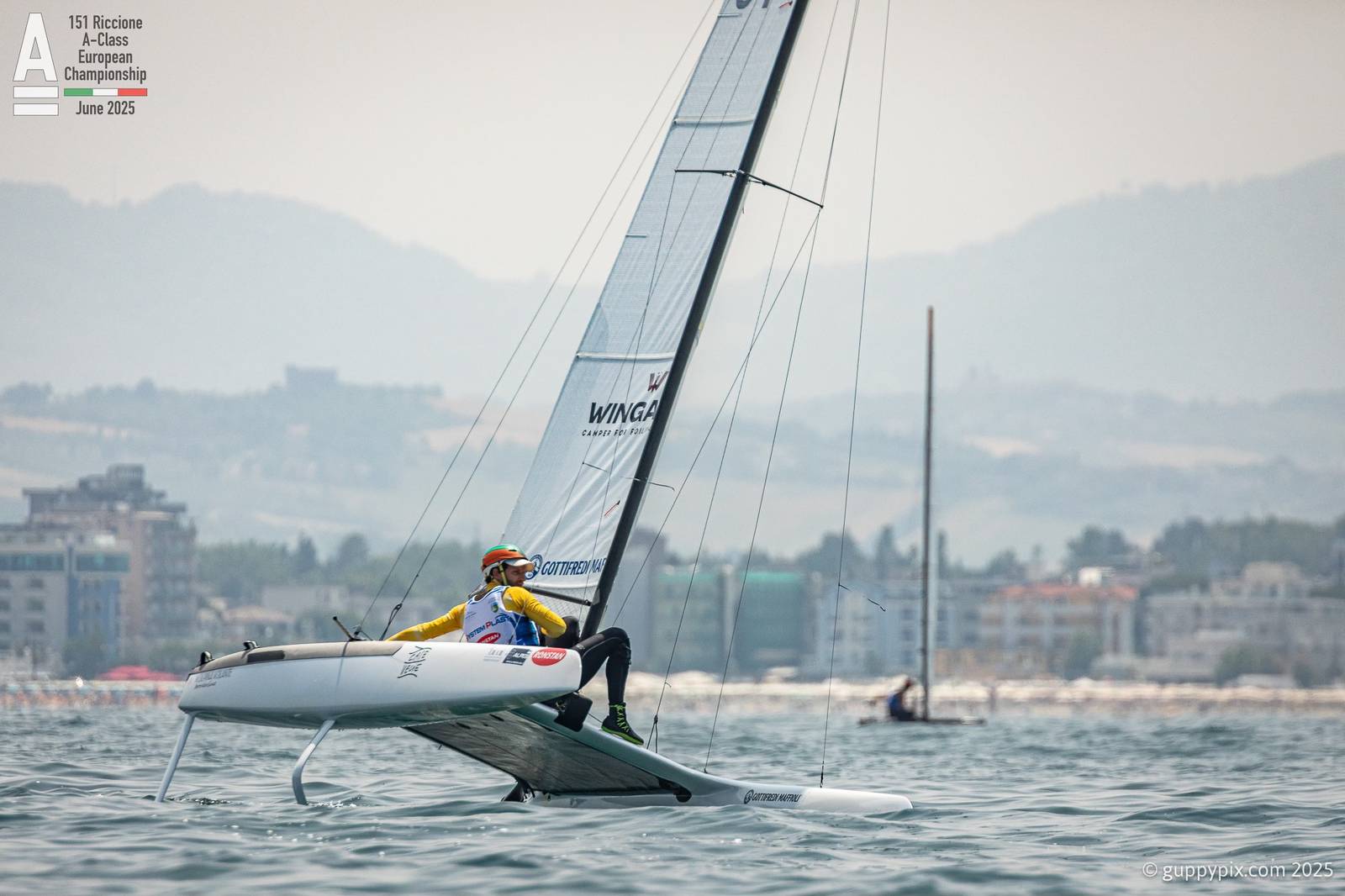

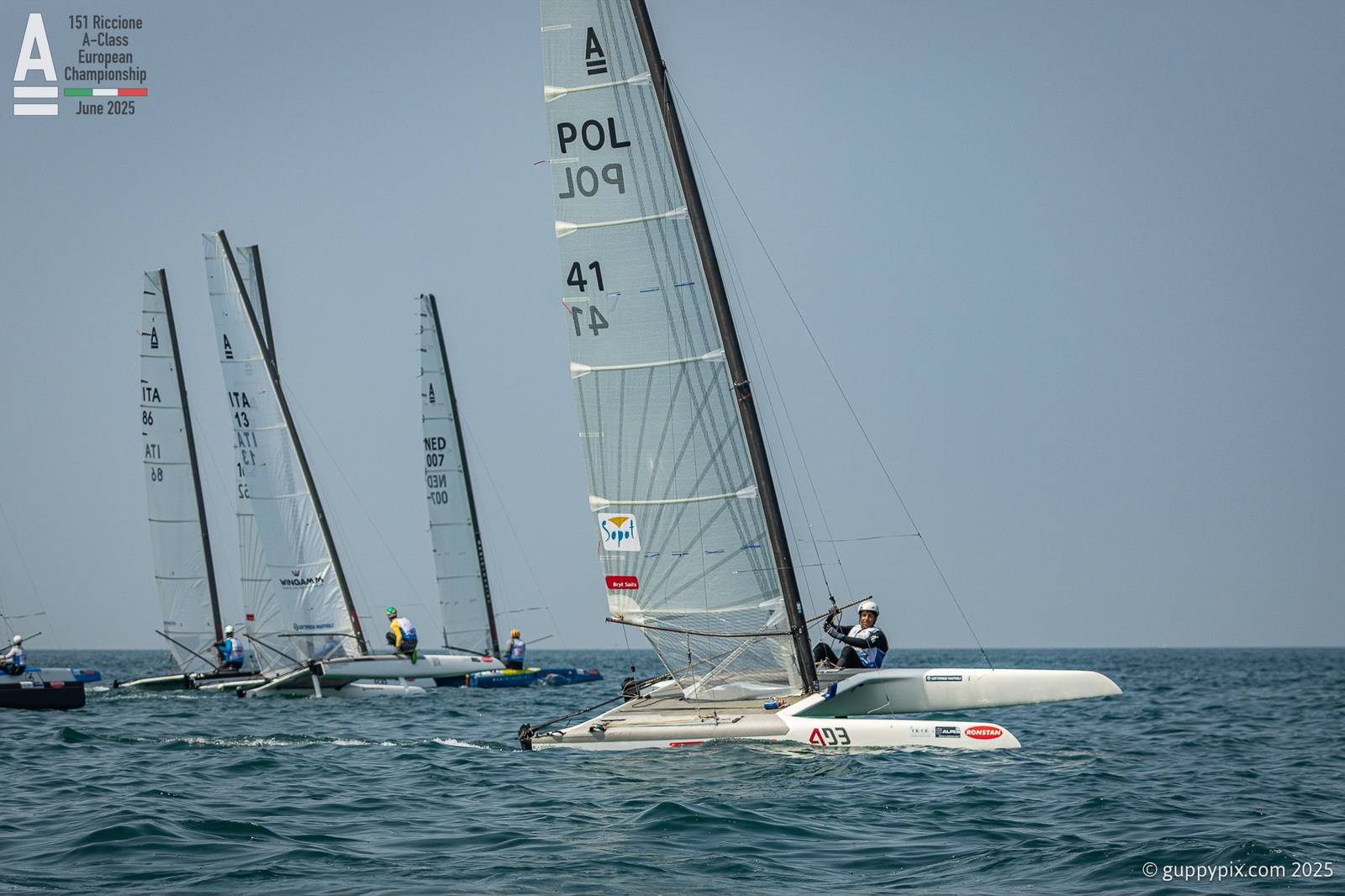
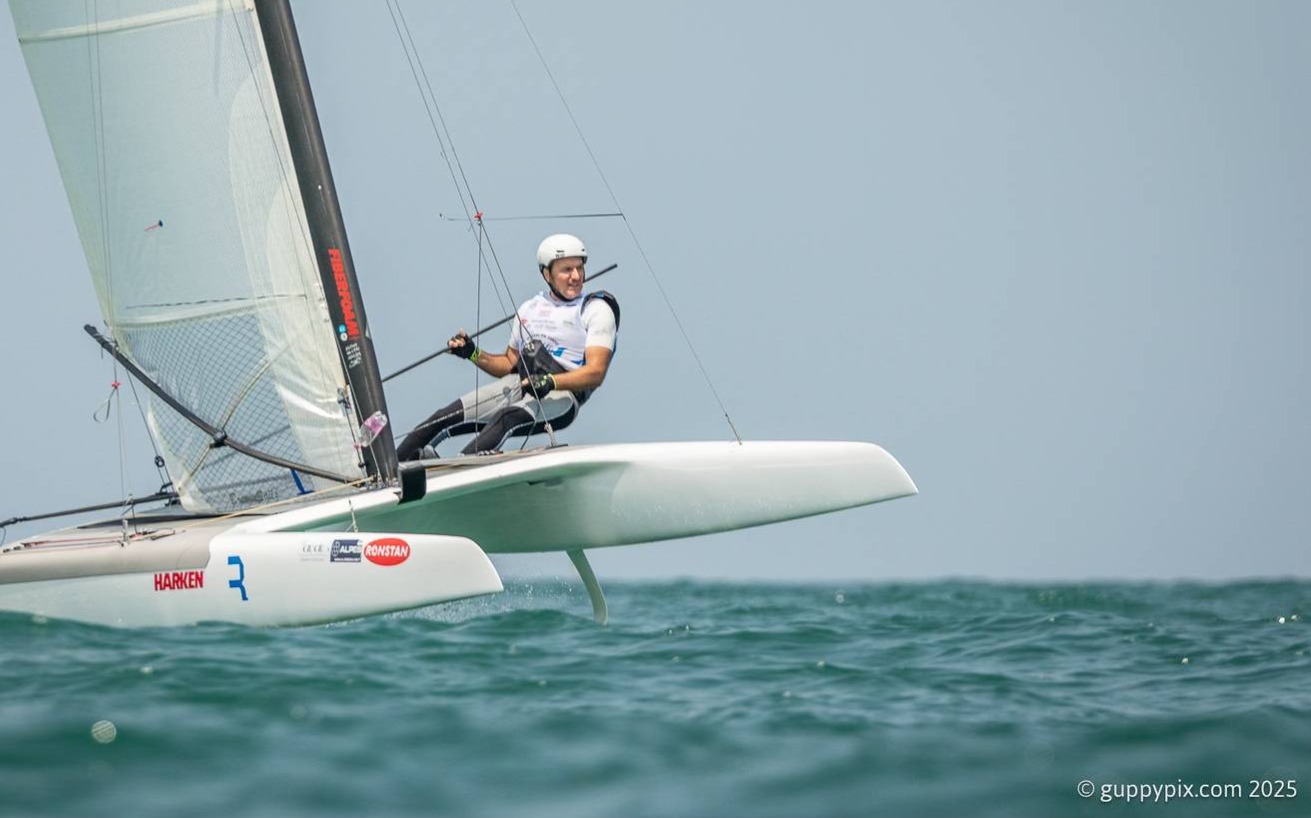
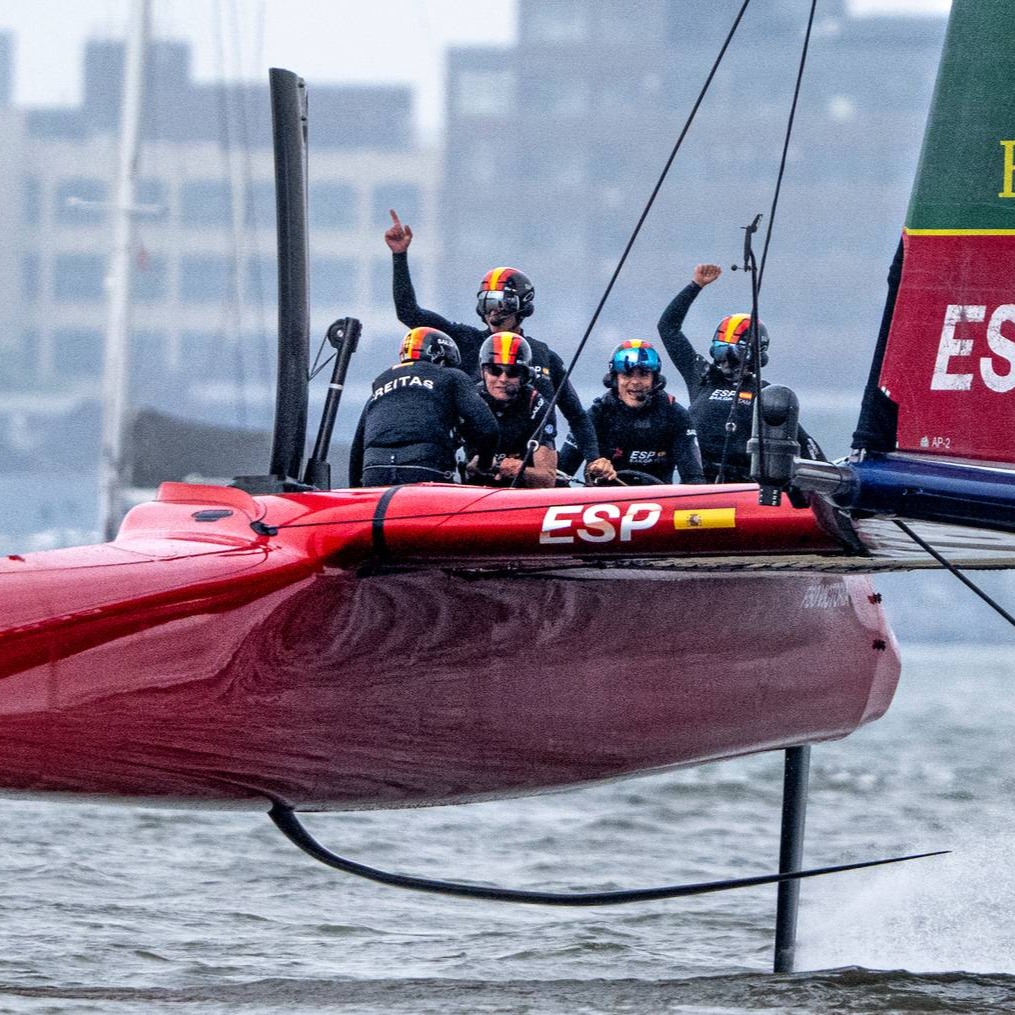
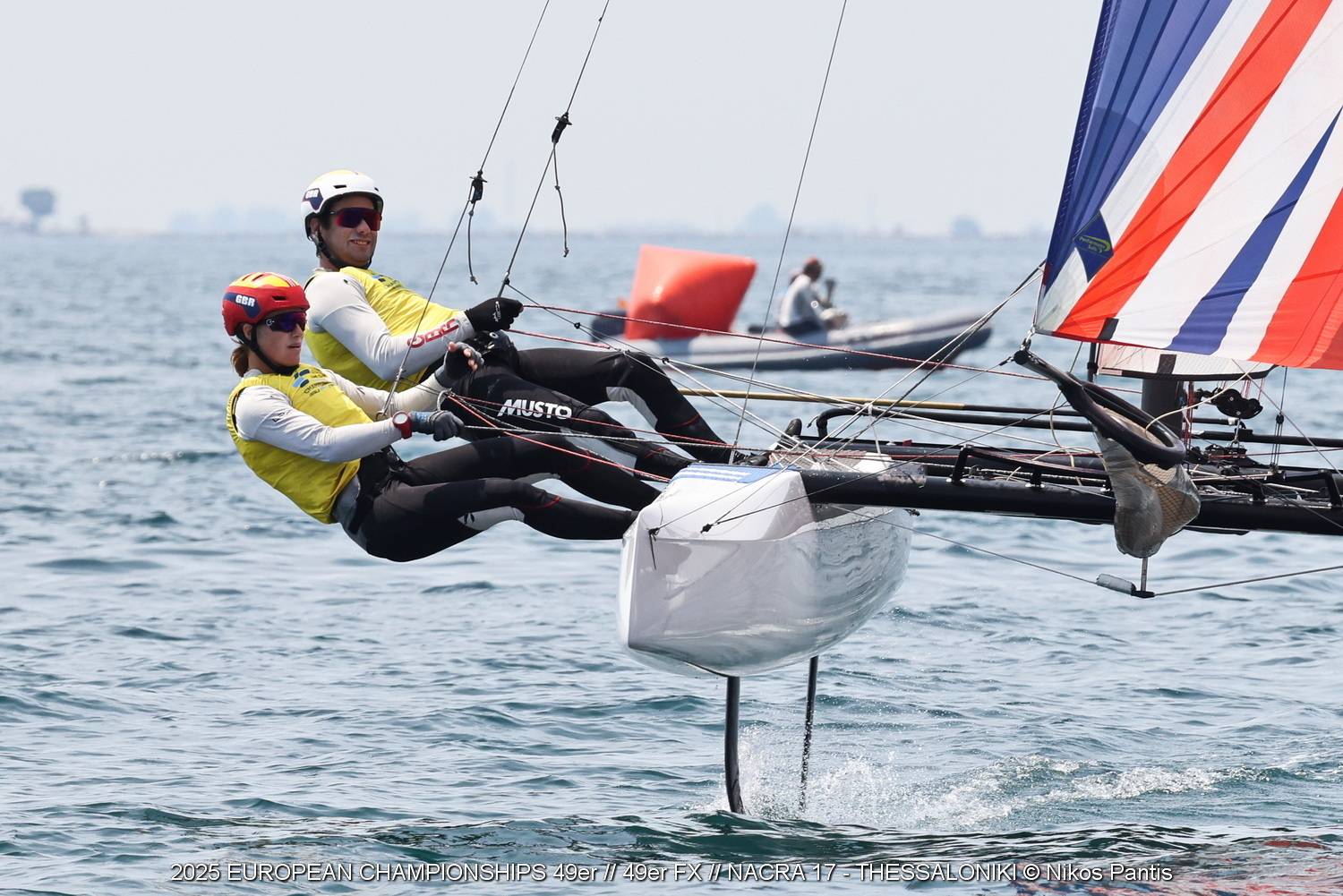
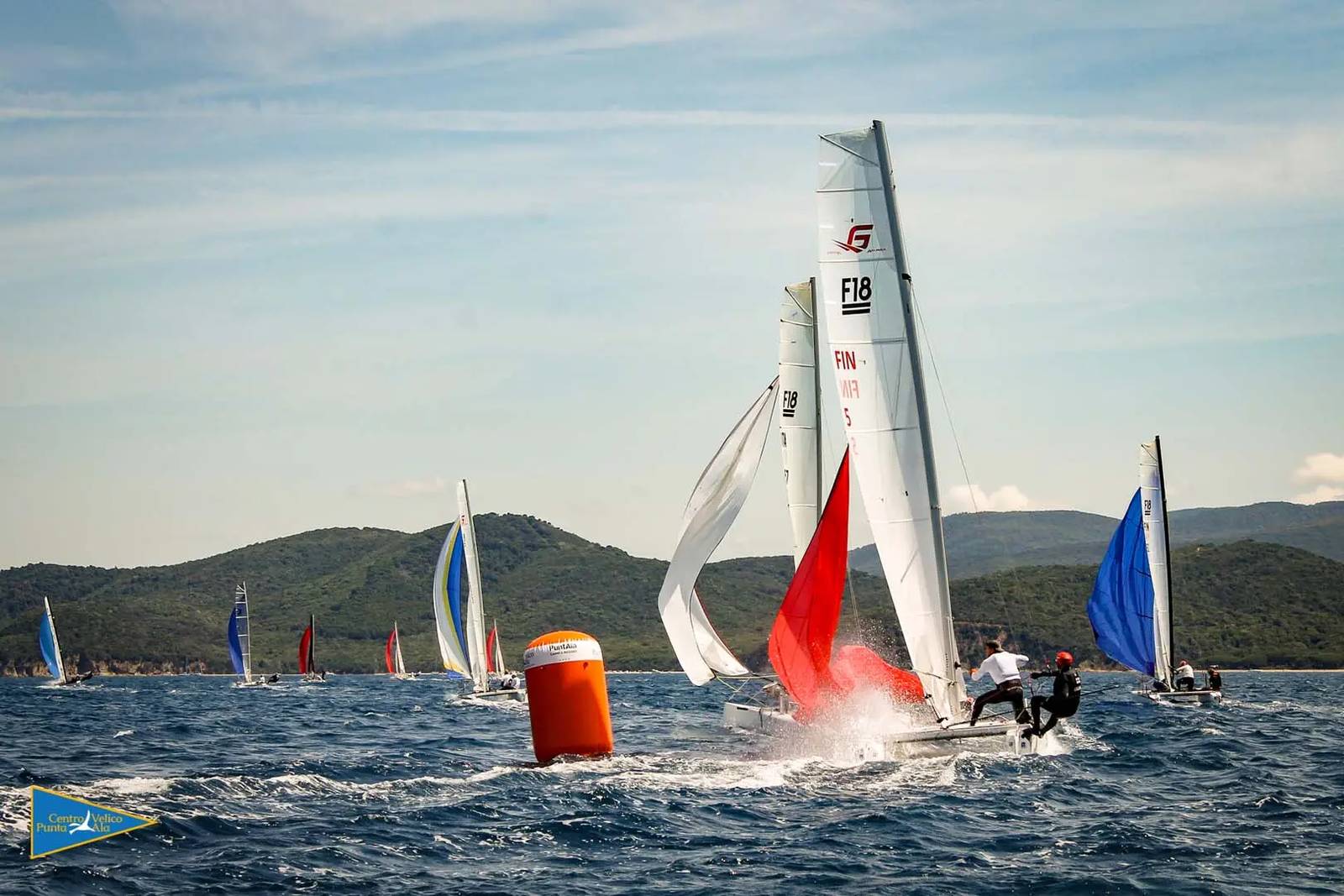
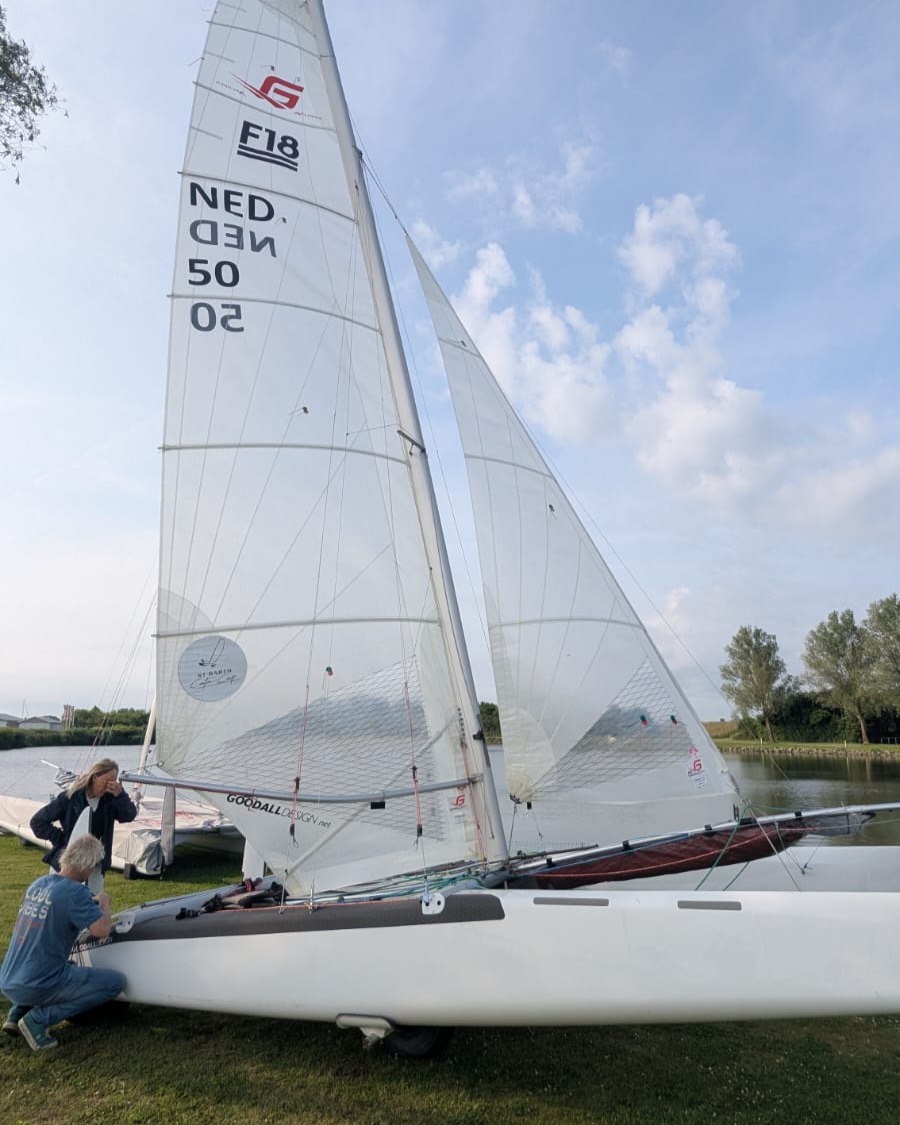
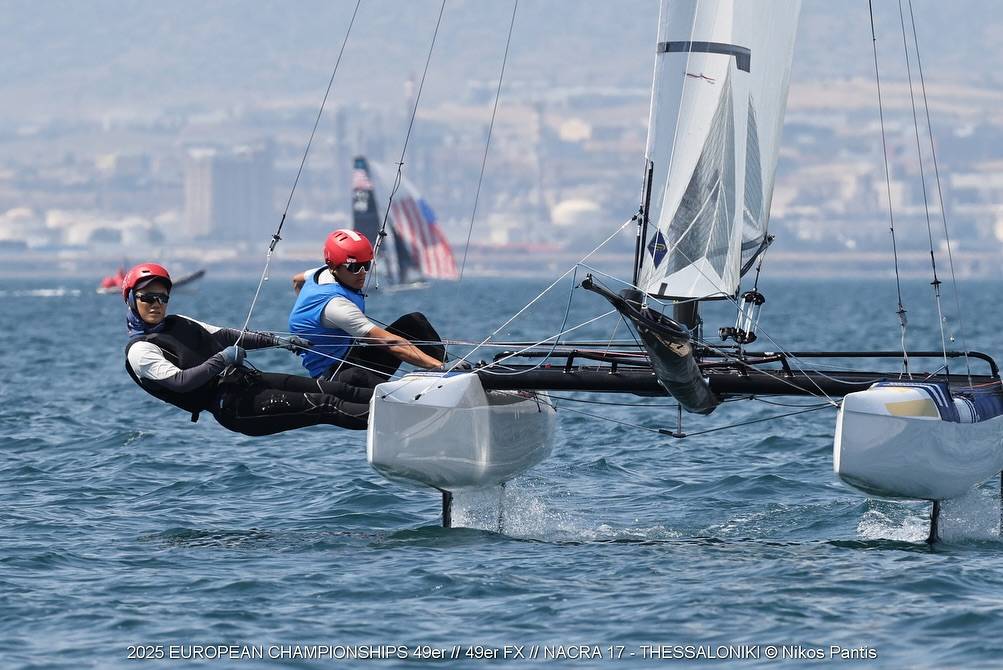




















Scotti used his Nikita
Teo di Battista , 3° of Classic using Exploder Ad3 2016 version instead Scheurer .
I just heard that my great sailing friend and former CEO of Hobiecat Europe has passed. May The endless oceans…
...Report was sent by an F18 Sailor, if you want Hobies reported send your own, we'll publish as usual. Cheers.
Looks like in your report the Hobies are not really present. Suggest to rewrite the article.